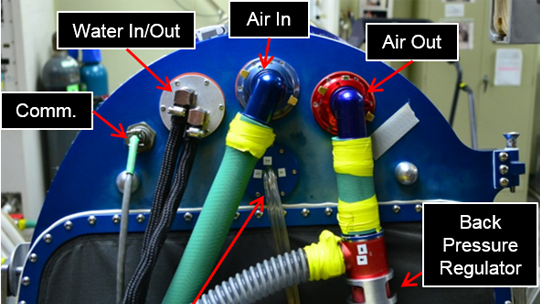Demonstrating a Galactic Positioning System Using X-ray Emitting Millisecond Pulsars
Abstract:
Accurate reference clocks are critical to navigation. Global Navigation Satellite Systems (GNSS), principally the Global Positioning System (GPS), provide the precise space-based clocks that have revolutionized navigation and timekeeping terrestrially and within the Interoperable Space Service Volume (SSV), i.e., near Earth including above the GNSS constellations. Unfortunately, for spacecraft navigation beyond Earth into deep space, GNSS is not available.
While GNSS constellations are unavailable to spacecraft in deep space, observing X-ray emissions from rapidly spinning neutron stars, called millisecond pulsars (MSPs), has been shown to fill that gap; a process often referred to as X-ray Navigation (XNAV). MSPs are distributed throughout our galaxy and many pulsate at intervals so regular that they rival terrestrial atomic clocks on long time scales, similar to those clocks contained in GNSS satellites. By carefully timing these pulsations, an XNAV equipped spacecraft can use these celestial lighthouses to autonomously determine its absolute position, with uniform accuracy, anywhere within our Solar System and even beyond. This is in contrast to conventional position determination using Earth-based tracking, in which a communication link back to Earth is required and accuracy degrades as the distance from Earth grows.
In this webcast, results will be presented of the Station Explorer for X-ray Timing and Navigation Technology (SEXTANT) demonstration, which successfully executed the first on-orbit use of XNAV to perform autonomous onboard and real-time space navigation. SEXTANT was a NASA Space Technology Mission Directorate (STMD) Game Changing Development (GCD) program funded technology enhancement to the Neutron-star Interior Composition Explorer (NICER) mission, which is currently operating on the International Space Station (ISS).
